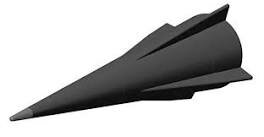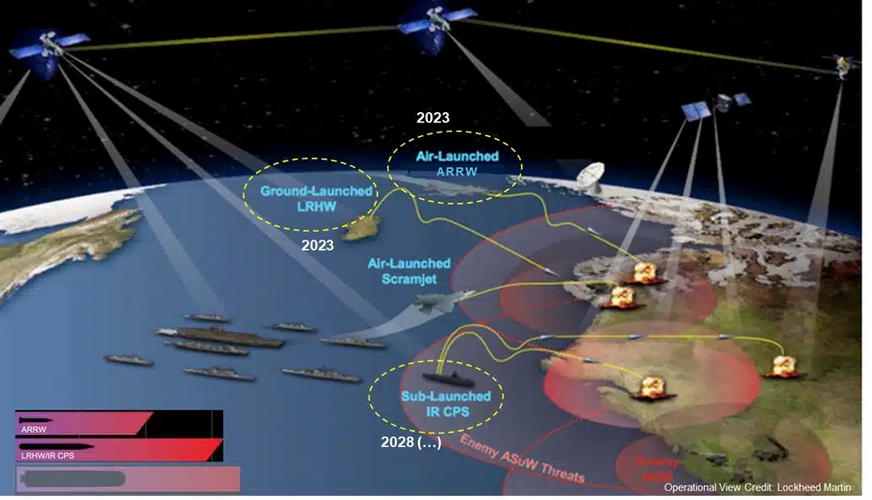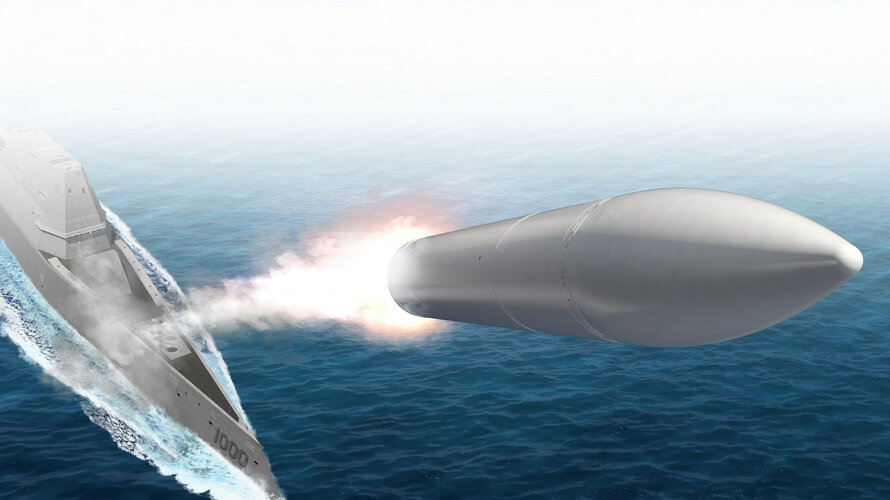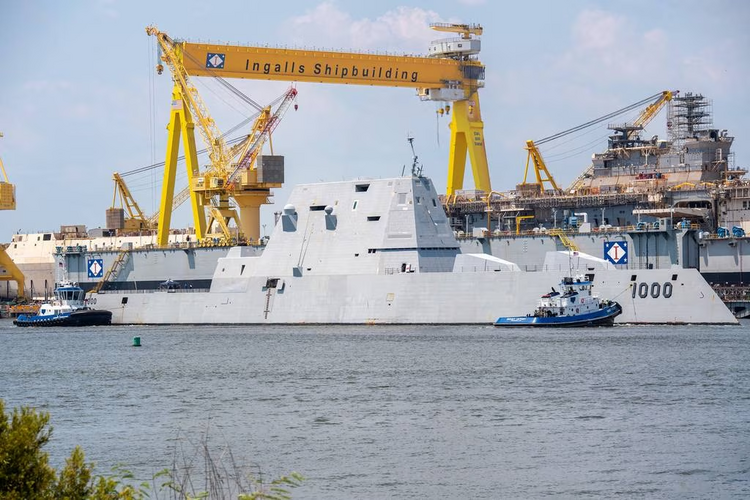jsport
what do you know about surfing Major? you're from-
- Joined
- 27 July 2011
- Messages
- 7,728
- Reaction score
- 5,746
Thank you, w/o survival and w only 12 IR-CPS on a ship, nothing more need be said.View attachment 668066Sinking ships at 5,000 km using a maneuvering ballistic missile. I bet their next AsHM is going to be an ICBM so that these ships can be sunk leaving port from CONUS.
Has this ever been demonstrated by anyone (outside of wikipedia)?
Large TEL Army LRHW missiles are likewise ill-informed.



















